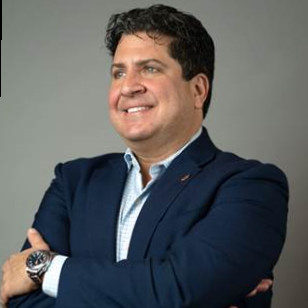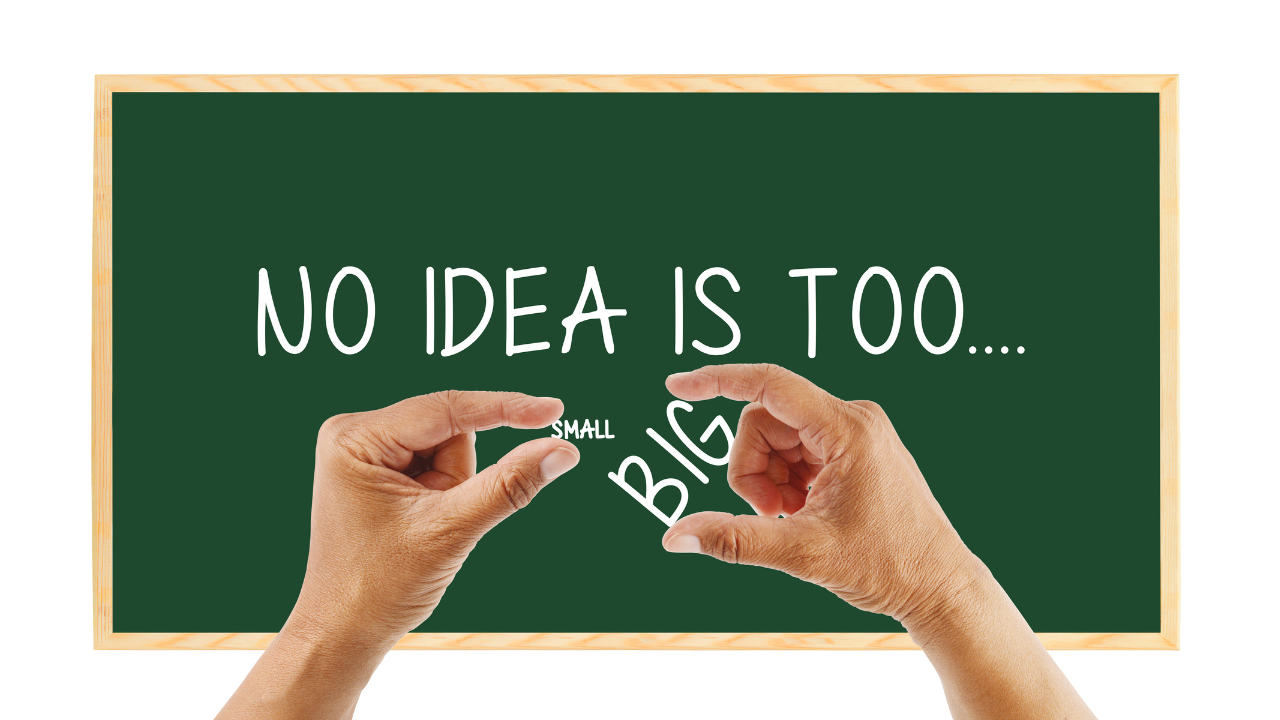Can a CMMS/EAM Solution Really Solve All Your Problems?
Johnny Bofilios
After working in the CMMS/EAM software world for almost 16 years, I recently switched to an engineering consulting firm focused on helping clients implement reliability best practices. I’ve developed a fresh perspective on what it takes to implement CMMS/EAM software successfully.
From a software perspective, the message was simple: You can implement a CMMS/EAM because you will save money by improving maintenance labor productivity and equipment uptime, while decreasing MRO and energy costs. All asset management software companies talk about these ROI metrics. But when it comes time to implement their solutions, unless their customers have a good handle on asset management best practices, their solutions will never get implemented correctly and the expected results won’t materialize.
In my software world, I thought I knew everything there is to know about enterprise asset management (EAM). But I needed to know more about reliability best practices. For me, the lightbulb came on when I attended a course called Reliability Excellence for Managers (RxM). How were my customers going to implement an asset management software solution without a blueprint of what they wanted to achieve?
At the end of the day, the reason a maintenance organization exists is to keep equipment running. Typically, operations sees maintenance as a nuisance, unless it needs the maintenance department to get their equipment back up and running. At the RxM workshop, I learned that operations and maintenance need to trust each other and create a pact that will allow them to work closely together. By doing this, they reduce maintenance problems and improve productivity.
What department typically purchases a CMMS/EAM software solution? The IT department. The CIO is looking to consolidate disparate installations of their company’s asset management tools into one system, making it easier to manage and reducing IT costs. The problem with this is that IT may not have a full understanding of how the maintenance and operations areas function. The only way to end up with a software system that is a solid investment for managing assets is for the organization to take the time to evaluate their top critical equipment and create a risk-based asset management strategy before implementing an asset management software solution.
Why does an organization need an asset management software solution? The answer now is simple – the software is just a tool. It’s designed to be a repository for the information that is being captured by asset management best practices and corrective and preventative work management activities, and to manage inventory more effectively by making it easier for users to get to those parts and to better manage automated information coming from smart equipment. Asset management software is not a magic wand that will solve your organization’s maintenance and equipment reliability problems.
Let’s look at two examples of ACME Corporation:
In the first example, ACME publishes an RFP for asset management software because they have 15 plants using different asset management software products. The RFP requirements include standard maintenance labor, work management, inventory management, equipment history, etc. Three different software vendors compete for the RFP and one wins the sale. The software company services team that will implement the solution installs the software and asks ACME how they want the system to work.
Wow! How do you want the system to work? Do you see the problem? If ACME Corporation took the time to assess where and what their problems are, define the areas of opportunity and put together a plan on how to achieve operational excellence, then no matter what software they purchased, they would implement it around those best practices and achieve promised results.
In the second example, ACME decides to take the reliability excellence route. They conduct a meeting that includes management, operations, maintenance, engineering and IT. They create an asset template, which they send to each plant to get a list of all their assets. Then with the information they receive from this audit, they identify the top 20% of critical assets that run 80% of their business. From there, they create a risk-based asset management strategy for each one of those assets.
They define the functional hierarchy, conduct Failure Modes and Effect Analysis (FMEA), develop a comprehensive equipment maintenance plan, develop job plans, perform critical spare analysis and develop a bill of materials. Once they select their new asset management software, their work is more than 75% complete. All they need to do is load this information into the installed software and they can begin tracking the performance of their risk-based asset management strategy.
What I now clearly see is if you don’t have a grasp of reliability best practices around your assets (and your processes and your people), you will never achieve reliability excellence. Reliability excellence is a holistic approach to continuous improvement that achieves sustainable world-class performance by maximizing the useful life and daily output of physical assets, improving the stability and repeatability of key business and work processes, and creating a well-trained and engaged workforce that relentlessly pursues waste elimination.
So as you embark on your journey of purchasing or improving your asset management software system, think about what you are trying to accomplish with this software. CMMS/EAM software is just a tool. What you are probably really trying to accomplish is to move closer to achieving reliability excellence. There’s no shortcut for learning and adopting reliability best practices. Without a solid risk-based asset management strategy in place, implementing a new software solution may not be a solution at all.

Johnny Bofilios
Johnny Bofilios is Director of Reliability Solutions at Life Cycle Engineering (LCE). He has spent more than 15 years in the software and consulting services industry, helping clients achieve sustainable improvements in asset performance.
Related Articles

Too Small for a CMMS? Think Again

The Role of Information Technology in Plant Reliability

The Future of CMMS






